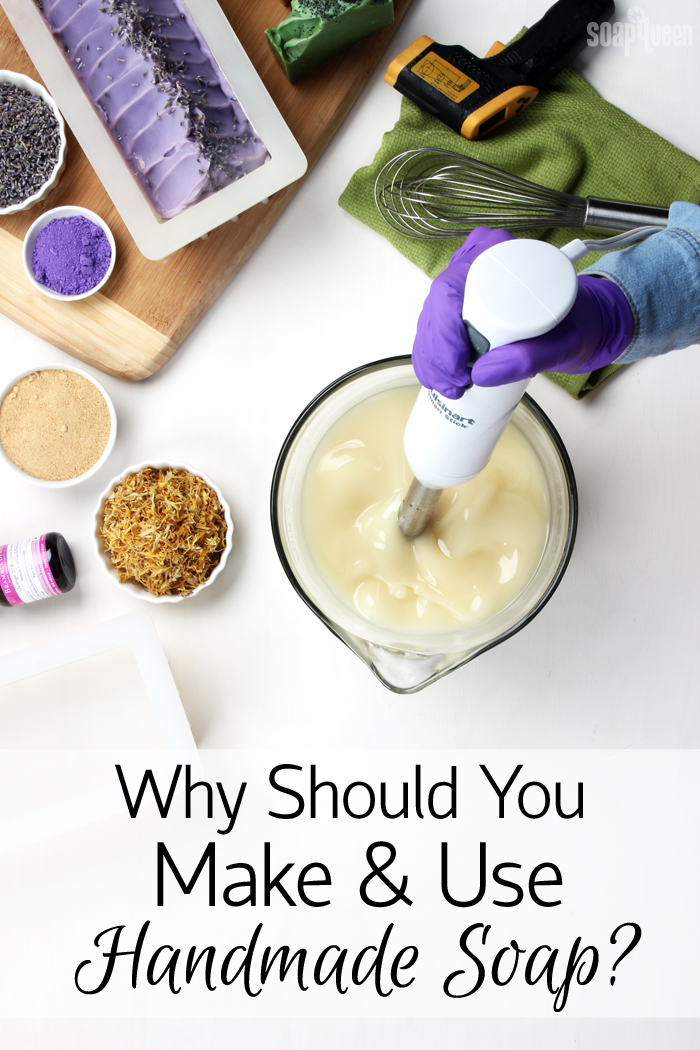
A large majority of people have never used handmade soap before. In fact, most people have never used soap before. Wait…what?
If you take a look at commercial products sold in stores, it’s likely you won’t find the term “soap” on the package. Commercial soap sold in stores is often made with chemical detergents, hardeners and synthetic lathering agents. Some of these ingredients can be drying or irritating on the skin. On the other hand, handmade soap created with oils, liquid and lye does not contain these harsh ingredients and qualifies as ‘soap.’
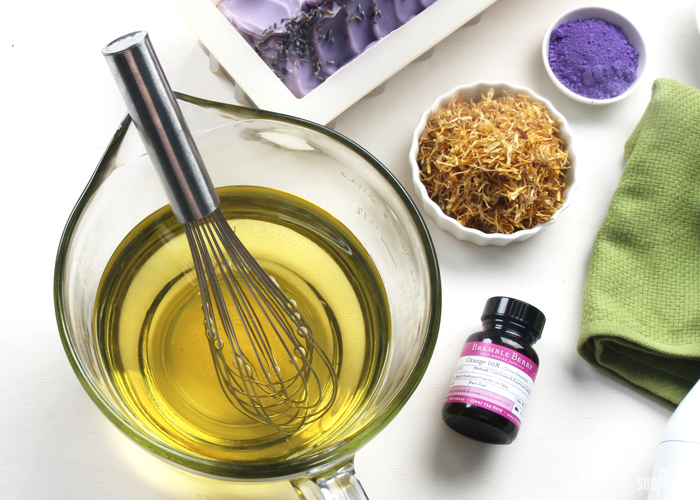
The ingredients in some commercial bars on the market make them ineligible to be called and advertised as soap. According to the FDA website, a product is defined as soap when:
- the bulk of the nonvolatile matter in the product consists of an alkali salt of fatty acids and the product’s detergent properties are due to the alkali-fatty acid compounds, and
- the product is labeled, sold, and represented solely as soap [21 CFR 701.20].
Handmade soap also contains glycerin. Glycerin is a humectant that attracts moisture from the air to the skin. It’s produced naturally during the soapmaking process. It’s one of the things that make handmade soap so amazing! Some commercial soaps remove the glycerin from the bars and sell it to make lotions and creams. Without glycerin, commercially prepared soap isn’t nearly as skin loving, and can leave the skin feeling dry. Learn more about glycerin here.
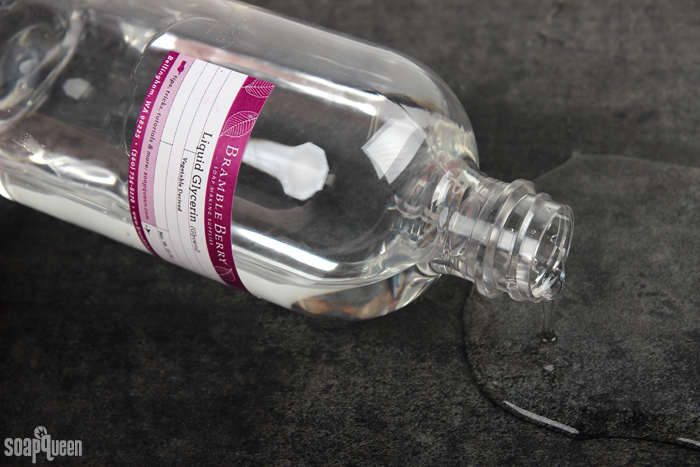 Glycerin is a natural humectant that is found in handmade soap. Glycerin attracts moisture from the air and keeps skin hydrated.
Glycerin is a natural humectant that is found in handmade soap. Glycerin attracts moisture from the air and keeps skin hydrated.
Cold or hot process soap is made with skin-loving oils, such as coconut oil, olive oil and avocado oil. This combination of oils is what makes each bar completely unique. The great thing about making and using your own handmade soap is that you can customize it to feel exactly how you like it. Love a bubbly and stable lather? Add some castor oil! Prefer a mild, small lather? Use a high percentage of olive oil.
Now I often get the question, “Isn’t homemade soap made with lye? I don’t want to put lye on my skin.” Completely agree! I certainly don’t want to put lye on my skin either. =) When calculated correctly, there is no lye leftover in handmade soap. Once the lye and oils emulsify and combine, the saponification process begins. This process turns the lye and oil into soap.
In the final bar, no lye actually comes into contact with your skin because there is no lye in the bar – it’s now soap! Pretty cool, huh? If you’re a visual person, check out this Soap Queen TV video to learn a little bit more about the saponification process. All true soap is made with lye to start with, even clear melt and pour soap (commonly referred to as ‘glycerin soap’).
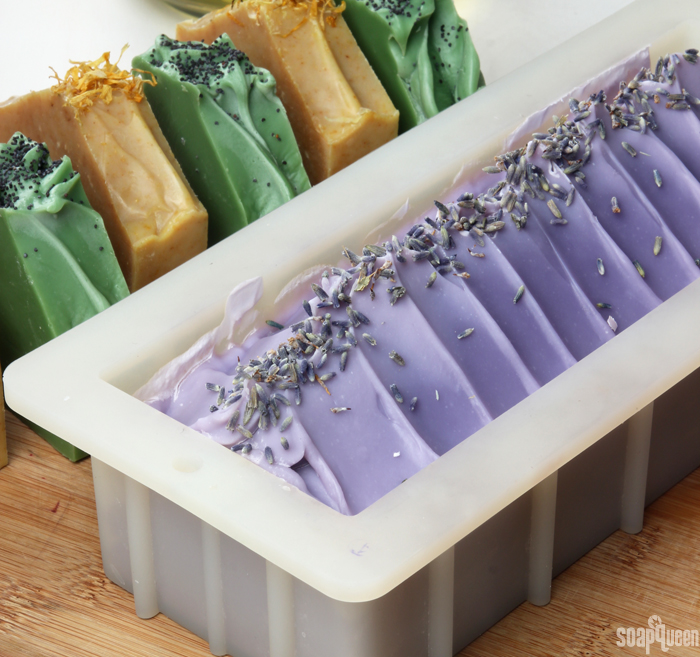 Handmade soap can be customized any way you like with colors, fragrance and the skin-loving oils and butters.
Handmade soap can be customized any way you like with colors, fragrance and the skin-loving oils and butters.
In addition to choosing soaping oils and butters for your skin, you can further customize your bars with exfoliants, fragrance, color and more. This is especially important if you prefer to only use natural ingredients. Handmade soap is a great way to use essential oils derived from plants and natural colorants like clays. Other fun natural ingredients, like milk and purees, can also be added to handmade soap. You won’t find those quality ingredients in your bar of store bought soap. This kind of customization is a beautiful way of expressing yourself, your personality and your values. It’s a consumable art form that is fantastic to use, sell or give away as gifts.
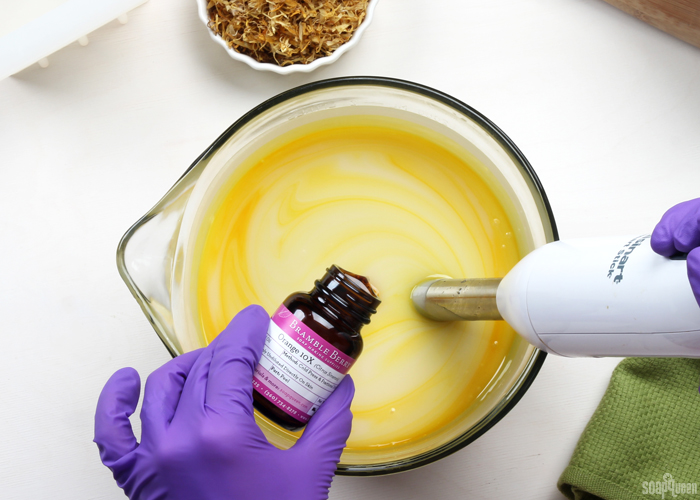 Handmade soap is great if you prefer natural ingredients, like essential oils.
Handmade soap is great if you prefer natural ingredients, like essential oils.
Now, I know I might be a little biased. I have been making soap for more than 20 years and now own a soapmaking supply company. But it’s something that I feel passionate about. I have seen soapmaking change the lives of so many people. For some, making handmade soap is a creative outlet and way to de-stress. For others, making and selling handmade soap has provided additional income that allows them to feed their families. And last but not least, users of handmade soap have happier and more moisturized skin. To me, that’s enough reason to make your own soap, or support artisan soapmakers! Oh, and did I mention it’s really, really, really fun to make soap? =)
If you haven’t tried making your own soap yet, what’s holding you back?
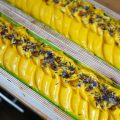
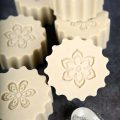
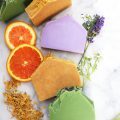
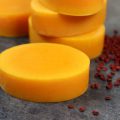
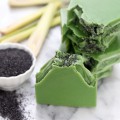
If I want to make cow milk soap, can I use the milk at trace.
You can. I would recommend starting with about 1 ounce of milk per pound of soap – remember to subtract that from the water you mix with the lye so the soap isn’t too wet. When the soap is in the mold, put it in the freezer for 5-24 hours to keep it cool and prevent scorching.
Learn more about working with milk here: http://www.soapqueen.com/bath-and-body-tutorials/tips-and-tricks/how-to-add-lye-to-milk-for-cold-process-soap/
Very nice explanation .
Thanks for reading.
I made soap yesterday for the very first time. I am so excited about it, especially after reading your article. I will never buy another store bought “soap” again. Thank you so much for this wonderful site. I’ve barely scratched the surface of its contents and can’t wait to learn more!
You’re welcome Jules, so glad you’re enjoying the blog! There are so many possibilities when it comes to handmade products. If you have any questions definitely let us know. 🙂
-Kelsey with Bramble Berry
What about melt and pour bases? Are they soaps too? Or just like commercials?
Absolutely, melt and pour is considered handmade soap! Our bases have skin-loving ingredients like coconut and olive oil. There are so many fun designs you can make with melt and pour. 🙂
-Kelsey with Bramble Berry
Melt and pour bases: https://www.brambleberry.com/Melt-Pour-Bases-C151.aspx
I love your website! Just had a baby and decide to make homemade soap for him. I spend nearly a month researching the best breast milk soap recipe but unfortunately there are not many. I find one but when I ran it through the lye calculator it didn’t add up. The original recipe is 15 oz coconut oil, 17 oz olive oil, 18 oz almond oil, 6 cups breast milk, 12 oz lye and 1 oz Borax. Using the same amount of oils the lye calculator recommended 12-19 oz milk and 7.02 oz lye. I`m very confused. Which one is the right recipe? I really don’t wanna waist 6 cups of breast milk. 🙂
Thank you!
Hi Zsuzanna!
We find measuring the milk by weight works best! For your recipe, our Lye Calculator suggests 7.03 ounces of lye and 16.5 ounces of milk. You can also use a mixture of distilled water and milk, as long as it adds up to 16.5 ounces. 🙂
Lye Calculator: https://www.brambleberry.com/Pages/Lye-Calculator.aspx
We also recommend freezing the milk before adding your lye. That way it won’t get too hot and scorch. Read more about working with milk here: http://www.soapqueen.com/bath-and-body-tutorials/tips-and-tricks/how-to-add-lye-to-milk-for-cold-process-soap/
-Kelsey with Bramble Berry
Thanks Kelsey! 🙂
You’re welcome! 🙂
Handmade soap is one of the most beautiful skin cleansers you could ever use. I have one problem though… on occasion I get customers return to buy more soap and make the comment that they “absolutely love how it made their skin feel but wished the bar would last longer than a week” (**!!@%%) This happens often enough to worry me a little and to also wonder how many customers don’t return to buy because of this. I find a bar of fully cured handmade soap lasts in my shower for around 4 weeks (with everyday use) so I’m pretty perplexed as to what these people are doing with their soap! Does anyone else ever experience this? What do you tell the customer? All thoughts welcome please!
I would recommend telling them to use a draining soap dish! Commercial soaps tend to last longer because they are detergent based and don’t have skin-loving oils. You can tell them it’s key to keep the soap as dry as possible on a draining soap dish. That way all the luxurious oils go onto their skin instead of down the drain. You can even buy some inexpensive draining soap dishes from the dollar store to give away with the soap. 🙂
-Kelsey with Bramble Berry
My wife and I started making soap about a year and a half ago and we had the same problem with soap not lasting. While we do tell them to let the soap air dry in between uses we also changed our water/lye ratio and the amount of lye that we use. I find that 500 parts per thousand (ppt) is good but sometimes I might want a little superfat.
Let me explain, Firstly, the amount of lye needs to be determined. You do that by determining the sap value of each oil. From the manufacturer is best and not from a lye calculator. Ex. Almond – .137, Argan – .136, Avacodo – .133.
Secondly, plug it in to this formula –
=(1-Superfat)*(.137*desiredAmount)+(.136*desiredAmount)+(.133*desiredAmount)
Superfat could either be 0 or .05 or what ever you want to superfat.
I have found so far that that 500 ppt produces the hardest bar because all oils and all lye will make more soap so the bar actually lasts longer. 500ppt actually means that 1/2 is lye and 1/2 is water so once the lye is determined add that amount of water. I will at times add a little more water to 476ppt. You get that by (lyeAmt / (Water + lye)) * 1000.
I have spent lots of time disseminating fact from fiction in soap making and put everything on a spreadsheet with 11 recipes. I now can change the amount on the fly for any mold. Our bars are coming out much better and lasting longer. A four oz bar will last 6-7 weeks for us. I test all of them. (at least the ones that I like personally for me).
In short, what we were doing wrong before was not adding enough lye and using too much water which made the bars mushier and lesser quality and taking longer to dry.
Hope this helps.
theHusband
Recommend them to hang their soap on the wall with a soap net! I actually just use a drawstring organza gift bag at home for my soaps. It really keeps them dry and since then my soap lasted at least twice longer than before where I put them on soap dishes. 🙂
This post is very informative and I appreciate how such a complicated process was broken down into simple CONSUMER FRIENDLY language… Another homerun, soap queen!!!!
Oh thank you so much! It really means a lot to us. 🙂
-Kelsey with Bramble Berry
Your article was pretty convincing. Since I’ve been hanging out on your website I’m starting to get more and more inspired to try making soap. I’ve been making my own other skin products like lotions, creams, tones, etc for 4 years now but I’ve never ventured into soap. It might be my next step.
Oh that’s awesome, I’m so glad to hear that! Once you start making your own soap it’s really hard to go back to store bought soap. Your skin will be so happy. If you have any questions about getting started let us know! We’re happy to help. 🙂
-Kelsey with Bramble Berry
Hi
Your blog is so full of information. I am just starting to make my own soap and all information around is over weghlming. Can you please guide what beginner should consider and how to move forward.
Thanks and regards,
Sheetal
We have a ton of great resources if you’re just getting started making soap. The Beginning Soaper Resource Roundup has information on everything from formulating recipes to adding color: http://www.soapqueen.com/bramble-berry-news/beginning-soaper-resource-roundup/
We also did a Back to Basics series with simple beginner recipes and tips. You can find that roundup here: https://www.soapqueen.com/bath-and-body-tutorials/back-to-basic-series-roundup-quiz/
We’re also here to help! If you have any questions, let us know. 🙂
-Kelsey with Bramble Berry
waoooooo it’s amazing
Absolutely, handmade soap is the best! 🙂
-Kelsey with Bramble Berry
Great post as always. Thanks for sharing
You’re welcome Odette! Thank you for reading. 🙂
-Kelsey with Bramble Berry
What a great post, always informative with great information and great products for us soap makers. Thanks
Oh you’re welcome Tina, and thanks for your sweet comment. 🙂
-Kelsey with Bramble Berry
Great article, as usual. I’ve said this many times, but I got the idea watching Granny make her soap on The Beverlyhillbillies and discovered that I’m pretty good and my sensitive skin likes it. I even wash my hair and shave my face with it. The excess bars of soap (about 95%) are given as part of a community project with local churches. I’ve even discovered that my soap scraps make awesome laundry soap, soap to wash the car and even the dishes! Best of all, I enjoy it. Check me out on youtube under theorgelmeister. Am I addicted? Yes, but this is a replacement for a far worse addiction to alcohol so thanks everybody for helping me keep going and providing to the less fortunate.
p.s. I get asked the question about lye all the time and have to explain the process!!!!
Thank you Eric, glad you liked the article! Also, thank you for sharing your YouTube channel. Your soap looks awesome. I love the red and blue Taiwan swirl. 🙂
-Kelsey with Bramble Berry